The 250 Divisional Airborne Light Composite Company RASC served as part of 1st Airborne Division and was initially raised from the former 31 Independent Infantry Brigade Coy RASC, and given the initial designation of 1st Airlanding Brigade Group Coy RASC (WEF), based at Newbury Race Course in December 1941. This subsequently altered to 1st Airborne Division Composite Coy RASC in May 1942.
Their remit, was to provide logistical support for their formation, both on land, and in the air. The Parachute Platoons of 250 Coy had a secondary role as the Defence Platoon of the Brigade to which they would be attached, for which a greater degree of Infantry training would be required.
Re-supply by air, was a new concept about which, little was known and the Coy underwent extensive training. Advice could be sought from RAE experts (within the AFEE). Development was made more difficult still by the restrictions placed on basic supplies and telecommunications. During the period from May 1942, following a move to Amesbury Abbey and redesignation as 250 Divisional Airborne Light Composite Coy RASC, much was done to acquire and hone the necessary re-supply by air skills, including much consideration given to preventing damage to air-dropped supplies. The OC in this period, Major M St John Packe considered the use of a wicker laundry Pannier, and thus came into being the Wicker Airborne Pannier. On 8 February 1943, their efforts came to fruition when a demonstration took place before a most distinguished audience.
In May 1943, along with HQ 1st Airborne Divisional Column and other RASC Coys, 250 (Airborne) Lt Comp Coy departed for North Africa. In North Africa the Coy undertook further supply and pannier packing training, teaching two other Coys within the Column. The Coy was placed on standby for Operations Re-supply to Sicily although this did not subsequently take place. The Divisional Column was required to provide re-supply by air for the Eighth Army (as necessary) and consequently supply dumps were established. Part of 250 Coy took part in the Airborne Op Simcol in Italy (under Capt Gifford and Lt Sibbord) in Autumn 1943. This was the first Operational Re-Supply by Air by an RASC unit in mainland Europe.
Other Coy members stood by for deployment in Italy before the Div Column was returned to the UK (via HMT Monarch of Bermuda - surviving a collision with HMT Dutchess of Bedford and returned safely to Gibraltar to effect repairs).
Once back in UK, landing at Liverpool in December 1943, the Coy were based as Longhills Hall, Branston in February 1944 after a short stay in Boston to undertake further Re-supply by Air course and practice supply drops at Brigade and Divisional level. They were present at Harlaxton Hall for the visit of HM King George VI in mid-March 1944.
By late July 1944 the unit was back to Field Strength (12 Officers and 458 ORs) and began preparing for the next 1st Airborne operation. 250 Airborne Lt Comp Coy took part in the 1st and 2nd Lifts to Op Market Garden.
On 17 September 1944, two Parachute Platoons were supplemented by 12 Horsa Gliders.1 and 3 Parachute Platoons were scheduled to deliver the ammunition and supplies required at the Bridge. However, due to dispersal, this task was undertaken solely by 3 Para Pl, who were subsequently retained at the Bridge and assisted in the defence. The 2nd Lift on 18 September saw the remaining 2 Para Platoon and 23 Gliders (20 Horsas, 3 Hamilcars) emplane from RAF Keevil, Brize Norton and Tarrant, Rushton with the Coy vehicles to equip Divisional troops of the Parachute Regiment, RE and RAMC.
On 30 September 1944, the survivors departed from Brussels and the party arrived at Morlands Hotel, Lincoln on 7 Oct 1944, before moving to new billets at Washingborough Hall in late January 1945 after a short stay at Canwick Camp from early December 1944. It was during this period that the American Bronze Star of Sgt McDowell was confirmed.
In May 1945, 250 Coy took part in the Op Doomsday in Norway, helping to disarm the German forces. On returning to the UK in early September and following several base movements in Southern England in late Autumn 1945 the Coy was formally disbanded in late February 1946.
Commanding Officers
1941-3 Maj M StJ Packe
1943-6 Maj JH Gifford
1946 Cpt S Sutherland-Waite
Record under construction - compiled with assistance from John White
Read More

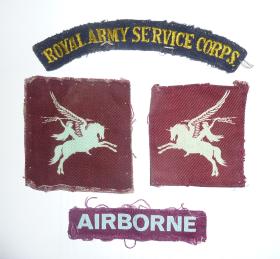
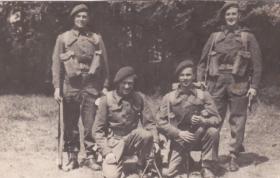
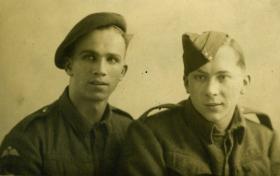
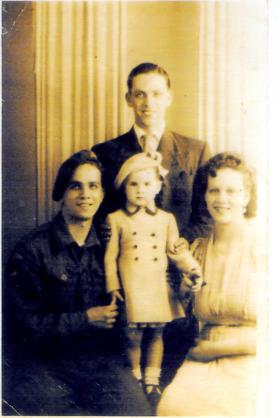
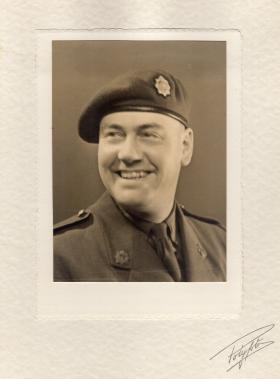
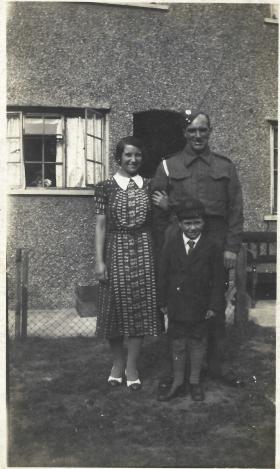
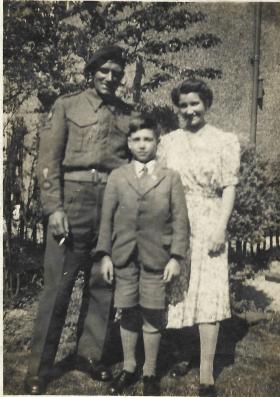
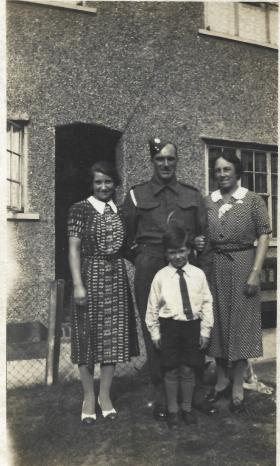
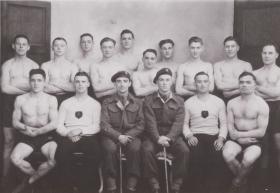
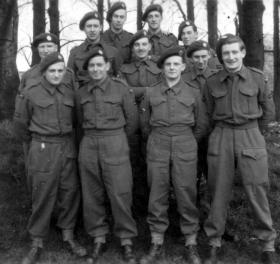
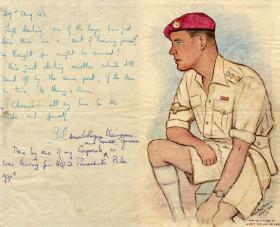
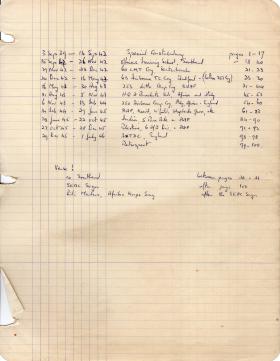
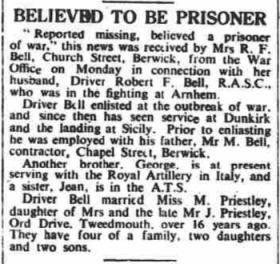
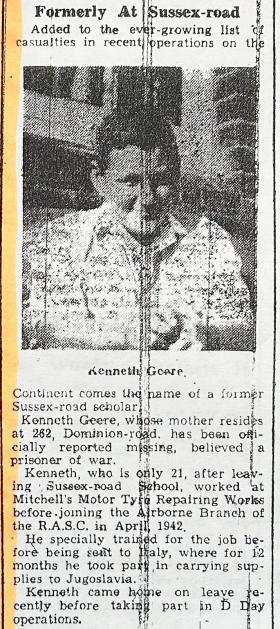
Latest Comments
There are currently no comments for this content.
Add Comment
In order to add comments you must be registered with ParaData.
If you are currently a ParaData member please login.
If you are not currently a ParaData member but wish to get involved please register.